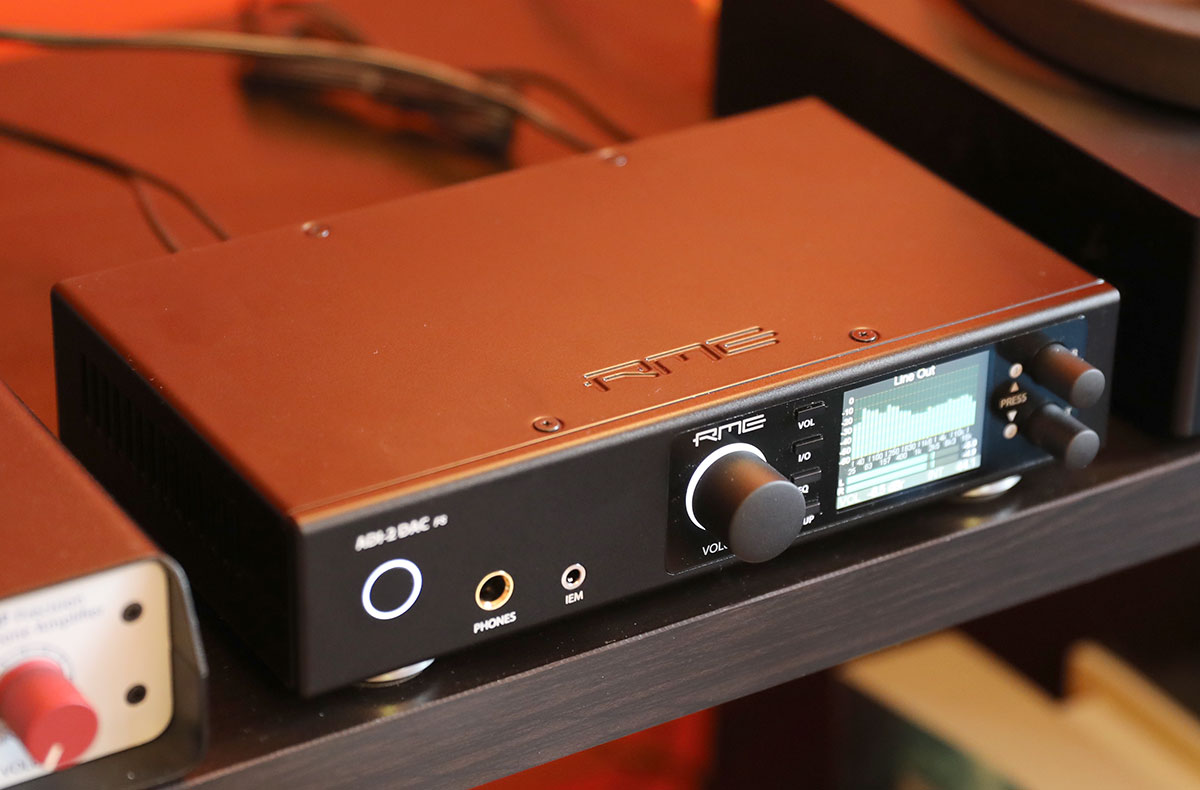
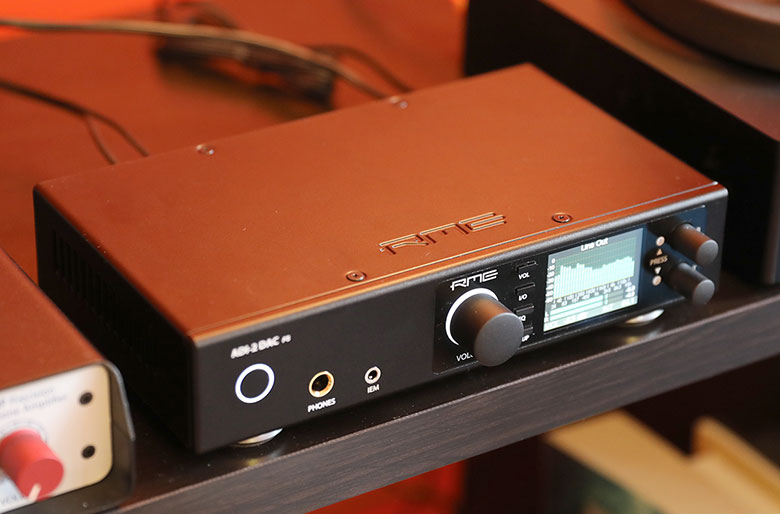
The Master Switch


The Master Switch
In the world of audio, no subject is more confusing than Digital-to-Analog Converters, commonly known as DACs. For new listeners, they can be daunting, and for audiophiles, they can be a subject of heated debate. How to choose a proper DAC is a complex topic, but fortunately, we know our them well and can help you find a good one. In this article, we’ve broken down the key steps in choosing a DAC, from sound quality and streaming to file handling and included amps. For a look at our top picks, see our article on the best DACs.
Let’s say you listen to digital audio. That means anything from streaming services like Spotify or YouTube Music, any music files on a hard drive, and yes, any CDs (if you still own them). You will probably be stunned to hear this, but that music is, at its source, nothing but 1s and 0s. Very obviously, you cannot hear 1s and 0s, so something needs to convert them into audible sound. That process of conversion is handled by a Digital-to-Analog Converter (DAC).
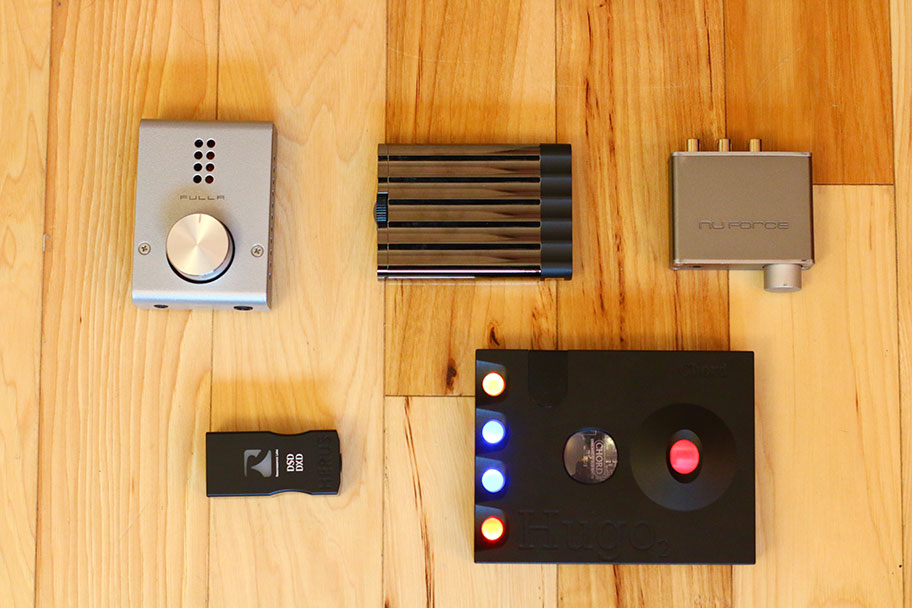
DACs are extremely common. Don’t believe us? If you’re reading this on mobile, you have one in your hand. Your phone cannot make sound without its DAC chip - no digital source can. They are everywhere, and if you go into the subject armed with a little knowledge, you can seriously boost your sound quality. The most important thing to remember is that your DAC doesn’t have to be internal. It doesn’t have to reside inside your phone, or laptop, or tablet. You can bypass it entirely with an external DAC, which will certainly be more efficient and sound much better. DACs can be used for headphone listening, a hi-fi system with speakers, a home theater setup...anything that makes sound.
You might reasonably ask how a DAC actually makes your sound quality better. After all, converting digital data to analog sound can’t have a real impact on sound, right? Isn’t the DAC just reading and translating the data?
The truth is, converting any digital data to analog can be tricky. It’s very easy to introduce timing errors into the sound, which can make your music sound a little bit ‘off’. Poor conversion also results in noise, such as hiss. A good DAC will do whatever it can to minimize these issues, presenting the music in the most faithful light possible. Different DACs have different sounds, largely because the internal components are built and tuned differently. That’s a very good thing – we like it when audio equipment asserts itself. If you don’t believe us, then try out something like the $99 Schiit Modi 3, which is a tiny box for your desk that happens to be one of the best converters available. Using it will give you an instant, noticeable boost in sound quality.
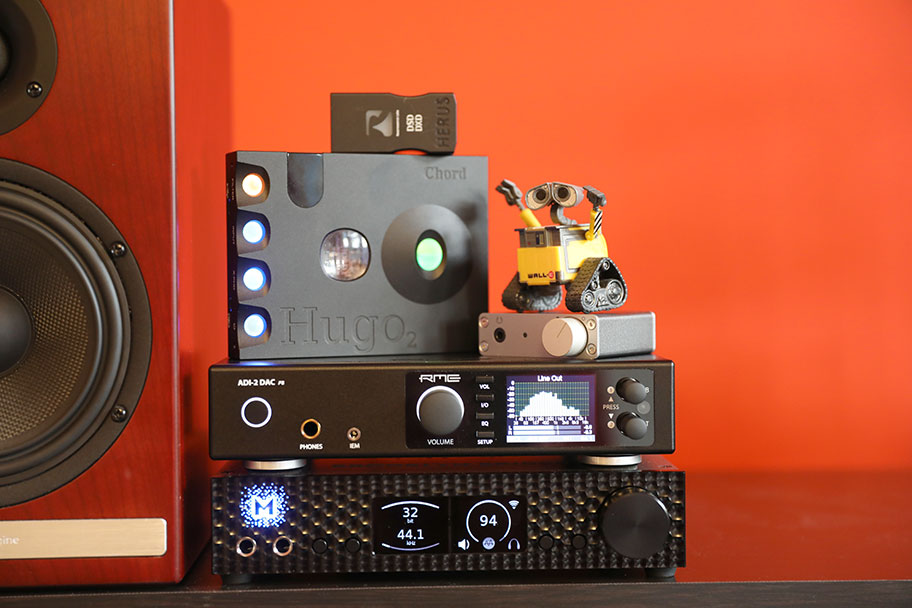
You don’t need to be tethered to a computer to enjoy a DAC. It’s entirely possible to equip yourself with a tiny DAC that can slip into your pocket. This will form a bridge between your phone and your headphones, boosting your sound. Some DACs can even connect to your phone via Bluetooth, which is a handy feature that’s becoming more and more common in the DAC world. The best part about portable DACs is that they can be surprisingly affordable. The Pro-Ject DAC Box E Mobile, for example, is a tiny single-box solution that costs under $100, depending on where you buy.
If you do listen in a static position, like at a desk or on the couch, then you have more options. A DAC that isn’t designed to be portable will have far more inputs, for example, and will often include additional features like Wi-Fi streaming (more on this below). Generally, they are bigger, and aren’t designed to be toted around unless you have a backpack and are insane. Generally speaking, they tend to be more expensive, but this isn’t always the case. One of our favorite DACs is the Resonessence Herus, which costs $350 - although there are several less-expensive desktop options too.
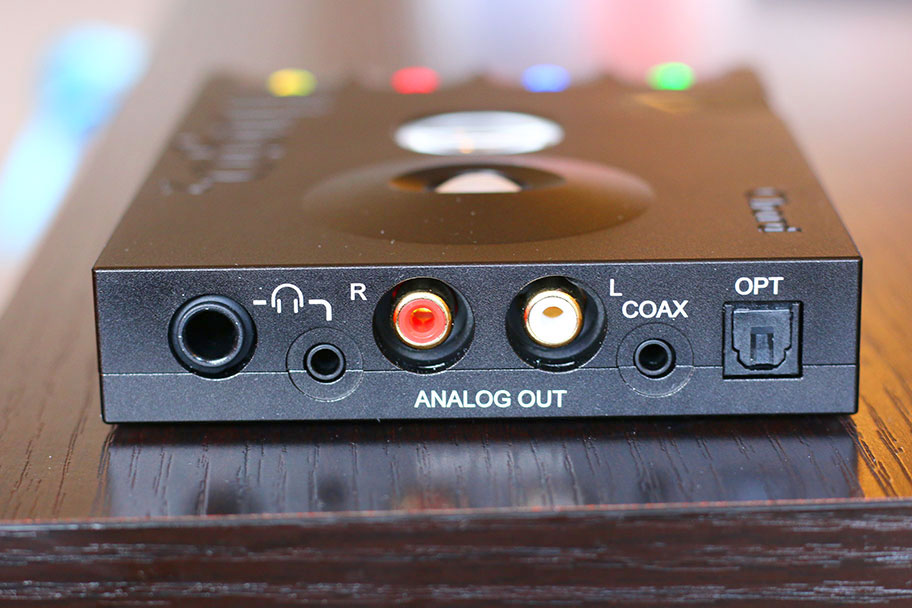
A dedicated DAC has one main limitation: it can’t actually power a set of headphones or a pair of speakers by itself. To do that, you need an amplifier – a set of circuitry to take the converted signal (which will be at a very low volume) and boost it so that it can be heard through headphones or speakers. Perhaps sensing this limitation, DAC manufacturers frequently add amplifiers to their DACs. The most common version of this is a headphone amp – you can tell your DAC has one by the presence of a headphone jack. Almost all portable DACs have internal headphone amps, although there’s nothing stopping you from attaching a dedicated headphone amp if you so desire.
You will also find DACs with larger internal amplifiers that are capable of powering speakers. However, it’s worth noting that these are frequently marketed as amps with included DACs, rather than DACs with amps attached. If you’re looking for one of these, we strongly suggest taking a look at our list of the best stereo amps of this year. Several of the amps on the list have very good internal DACs, making them single box solutions. We’ve indicated which ones have them on that list.
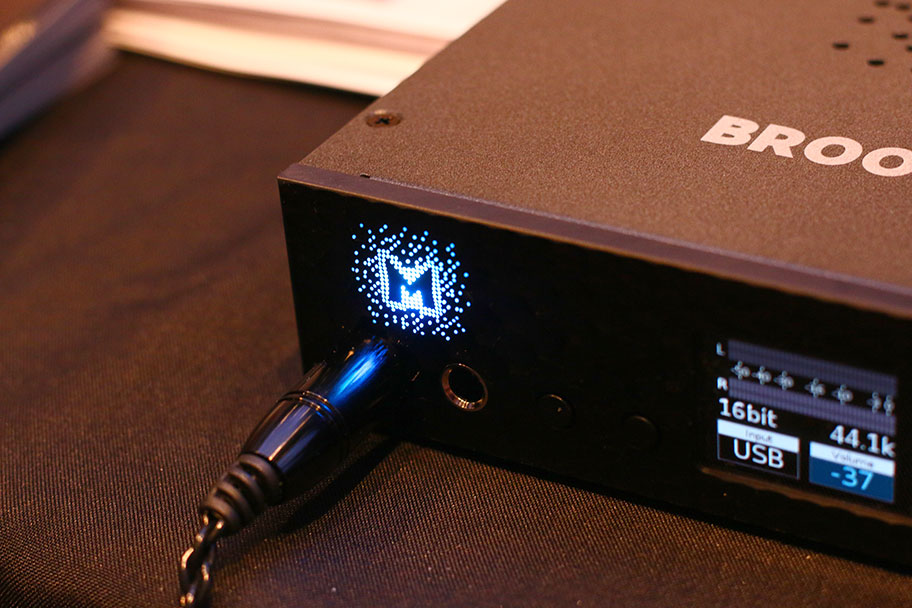
It used to be that DACs needed a wired connection to the source, but that’s no longer the case. Not only do several leading DACs have Bluetooth streaming available, but many have gone a step further. These DACs can link directly to Wi-Fi, allowing you to select them as output devices in your favored streaming service like Spotify, or dedicated music management software like Roon. Connecting them to Wi-Fi is usually simple, and we make no joke when we say we listen to music this way every single day. It’s a fun and convenient way to do so.
Another term for these Wi-Fi enabled DACs is music streamers. They not only allow you to pull in music from an external source wirelessly, but often provide additional features like amplification and touchscreens. As you’d imagine, they’re significantly more expensive than a straightforward DAC – although it must be said, not dramatically so. For example, the Yamaha WXAD-10 sells for around $160, which is quite reasonable for an external DAC. Even if you don’t want to pay the extra cost, it’s still easy to connect a DAC to a source via a standard USB cable.
By the way, you might reasonably ask about wireless speakers. Aren’t these DACs, too? They convert digital code to audible sound, after all. In a sense this is true – they are speakers that include DACs as part of their circuitry. We consider them something slightly different to the dedicated DACs we’re talking about here, in that they have both the ability to convert and produce sound. However, there’s no question that they’re more convenient than a standalone DAC, so do check them out if you want a more simplified solution.
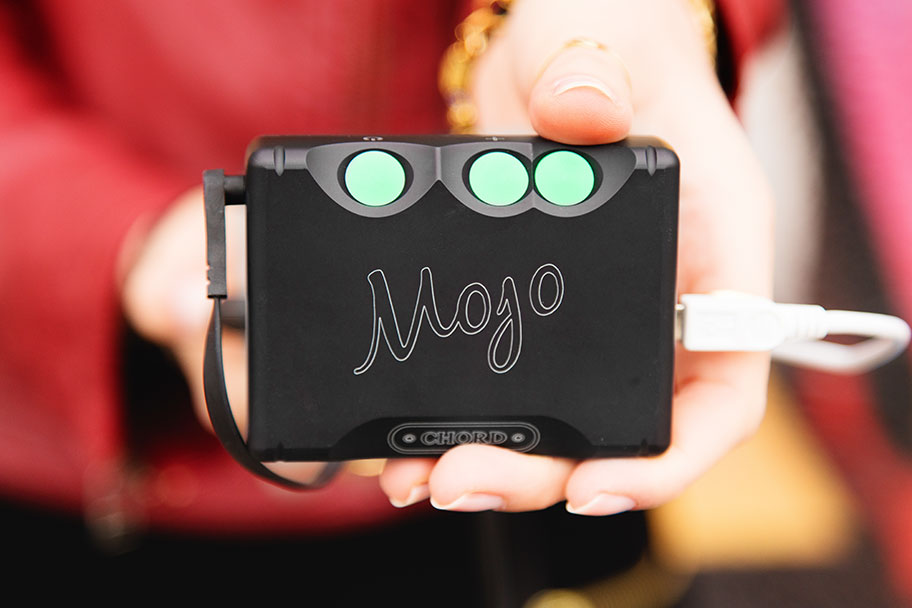
A music source going through a DAC has to be digital, and for most of us, that means streaming. The most popular streaming service in the world is Spotify, and for good reason. It’s simple to use, has a huge catalogue, and works well with a number of systems. However, there are some concerns about the sound quality it offers. In the world of streaming services, Spotify is known for convenience, but often slated for the low quality of its audio. If you’re about to invest money in an external DAC, you want the best quality source possible. A lot of this has to do with the size and type of the files you play (more on this below) but broadly speaking, there are a couple of things you can do to improve your source sound.
One of these is to pay for an advanced tier on Spotify, or shell out for a service like Tidal, which is better-known for its sound quality. Yes, there’s a slight cost for upgrading, but it will guarantee that you’re getting the highest quality audio possible. We strongly recommend it, as we believe there’s an audible difference between the basic and premium tiers on streaming services. However, it’s definitely not essential, and can be considered at a later date if you don’t want to spend the cash now.
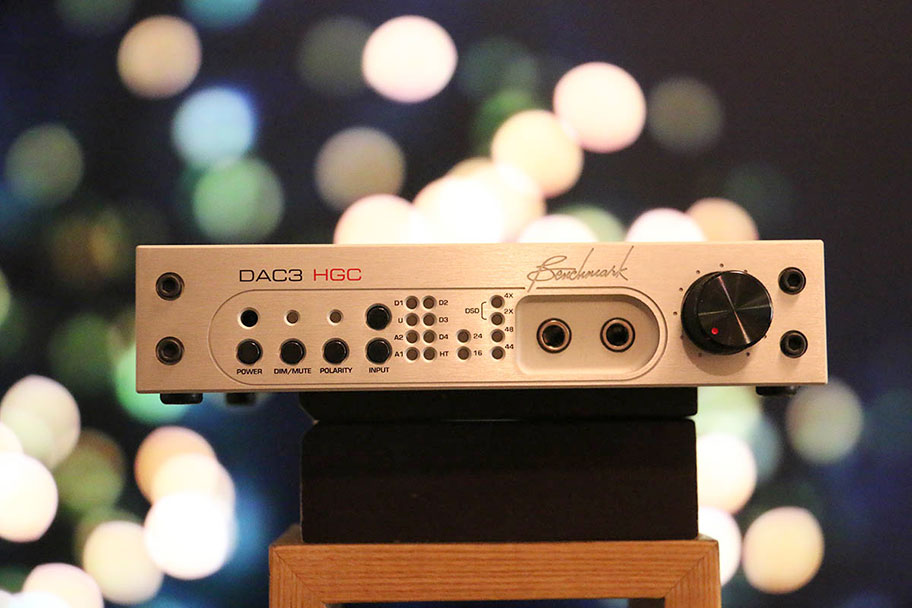
When choosing a DAC, you want to make sure that it’s capable of converting files of the resolution you’re most likely to listen to. But how do you determine that resolution? Because trust us, it has nothing to do with megabytes.
You do so by looking at the sample rate and bit depth. Imagine a second of music displayed as a straight line. Now imagine markings on that line, like a ruler. Every marking is a moment that the recording software will look at the sound and extract information. The more markings, the more information. That’s sample rate. It reflects the number of times a second that a recording has been ‘sampled’ - how many times the recording software took a look at it. You’ll see sample rate expressed as Hertz. For example, a high-resolution music file might have a sample rate of 768kHz - or 768,000 Hertz.
In addition, there’s also bit depth. Every time a piece of sound is sampled, the recording software extracts information. The more bits in that information, the more realistic the recording will be. For example, a 16-bit recording will have more information in it than an eight-bit recording. Put these two measurements together – sample rate, and bit depth – and you have an idea of just how good a piece of recorded music is, in terms of audio quality. You can get a much deeper picture of how this works here.
How does this relate to DACs? Every DAC will have an upper limit of file size that it can decode, which is based on the quality of the internal chip. The higher the file size, the better, but there’s no point in buying a DAC capable of tackling huge file sizes if you don’t intend to listen to high resolution files. If you only listen to Spotify, for example, you can get away with buying a DAC that doesn’t break the bank. If you listen to high resolution files, or streaming services like Tidal, you may want to spend a little bit more. The $1,099 RME ADI-2 DAC (full review here), for example, handles files up to 32-bit/768 kHz, which is massive.
File size and handling is more relevant to those who have actual digital music collections - stored rips of CDs and downloaded files. When you’re listening to streaming services, it’s still a good idea to have a DAC with large file handling specs, but unless you want to listen to specialist file types like MQA, it’s not super important. We’ll cover file types in the next section.
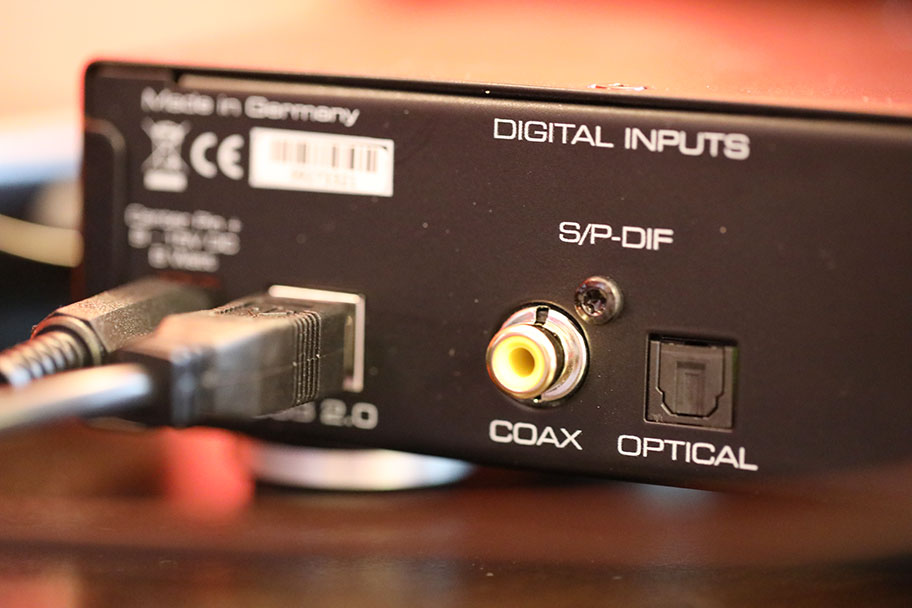
Choosing the right DAC depends on what source you’re going to listen to. By understanding the file type and size used by, for example, your favorite streaming service, you can figure out what your DAC will need to handle. Let’s break down some of the most common file types, their sizes, and where you’re likely to find them. Note that we aren’t going to cover MP3s here. MP3s were actually declared dead recently, and hardly anybody listens to them any more. Keep in mind that the file data below are just guidelines - different files can and will vary - and this isn’t exhaustive. These are just the most common ones you’ll encounter.
This is a very common format in the world of streaming services, and you’ll definitely find it on high-res services like Tidal. It actually has a low file size – usually 16-bit/44.1 kHz – but still allows the stream to be of exceptional quality, thanks to its ability to compress files. Virtually any DAC will be able to handle a FLAC file.
Yes, that is its name. This is the file type you’ll find on Spotify, and which most commonly streams at 44.1 kHz sample rate. Weirdly, OV files do not actually have a bit depth – they’re what’s known as ‘lossy’ file types, which means they store a stripped-down version of the original uncompressed audio track. As a result, they’re typically of lower quality than FLAC files. Don’t worry – your DAC will be able to handle them, no matter how inexpensive.
As you might have gathered, this is the file format for the Apple Music streaming service. Like Ogg Vorbis, it’s a ‘lossy’ format, and in this case sample rates and bit depths vary. You may need to dig into your Apple Music settings to get the data here.
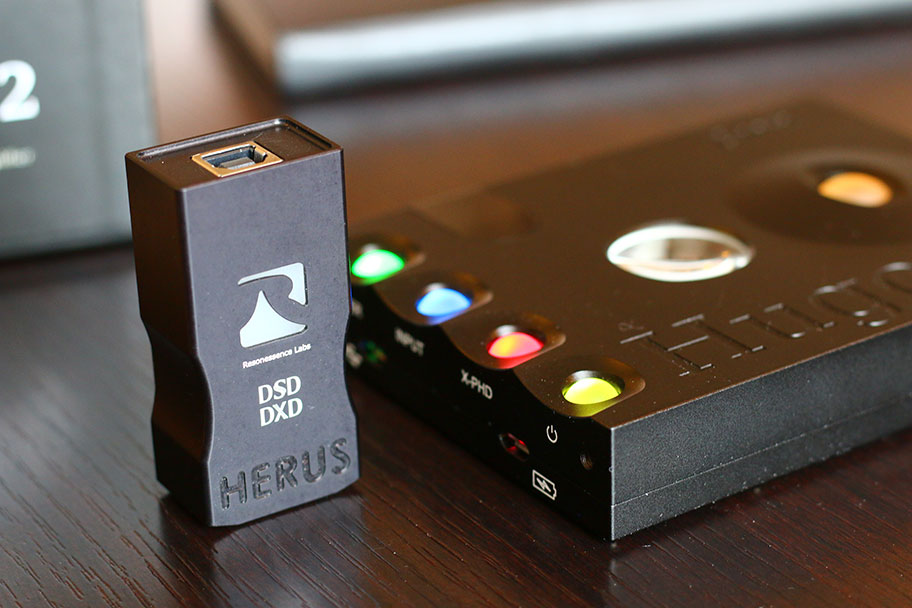
This is a special case. MQA is a proprietary audio format, unique to Tidal, but indicates a particularly high resolution recording – often with huge depth and sample rate. Tidal achieves this by using very clever technology to essentially ‘fold’ a high resolution file before streaming it, but you will only be able to listen to it if you have a DAC capable of ‘unfolding’ the file. Only certain DACs are compatible with MQA, and they tend to be quite expensive. Our favorite is the Mytek Brooklyn DAC+, a great but pricey DAC, at $2,195.
Yes, we know nobody listens to these any more – outside of audiophile circles anyway. But for reference, a CD operates at 16-bit/44.1 kHz.
If you like your music to be as realistic as possible, you need DSD files. These are the apex of quality, with huge sample rates and bit depths. They come in various types, but the most common is known as DSD256, which delivers audio at 1-bit/2.8224 MHz. That’s an absolutely enormous sample rate – so large that it doesn’t actually need a bit depth bigger than 1-bit. You’re not going to get these over streaming services; these are digital files on hard drives due to their size, and they need a special software audio player to handle them. Not all DACs can handle DSD, but it’s becoming more common. You can check out more information on DSD here.
Up until now, we’ve covered using DACs with speaker systems and headphones, but what if you want to incorporate one into your home theater setup? To do so, you’d have to connect the DAC to a digital input on your A/V receiver. While this is entirely possible, it’s often quite tricky to do in practice. You have to convince your A/V receiver to bypass its own internal DAC, something it can only accomplish if it has a Direct Mode (sometimes called Bypass Mode). Even then, we’ve had various results in terms of surround sound. Honestly, unless you have some seriously expensive home theater equipment lying around, and the time and know-how to tinker with it, using an external DAC in your home theater is probably not worth the effort.
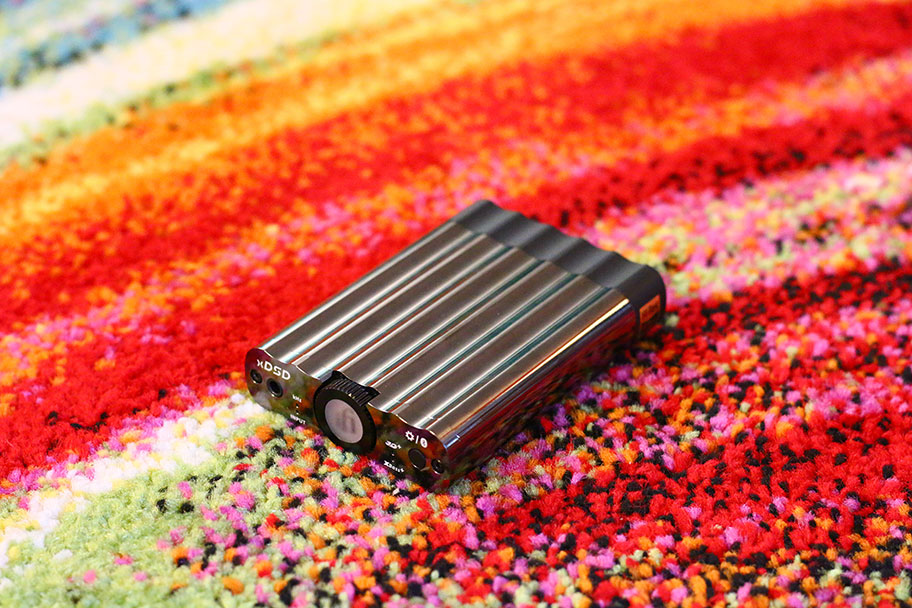
You can spend very little on a DAC or you can bankrupt yourself. It’s a product category with a huge range. As little as $99 can get you a great portable DAC, although we wouldn’t recommend going much lower in price. Quality components are key for DACs and you don’t really want to take shortcuts here. There’s also a much wider range of products available if you’re prepared to spend a little more. In the $100-$1,000 range, for example, you’ll find a wealth of excellent DACs with superb features. One of our top picks is the iFi Audio xDSD (full review here), which costs a little over $400.
If you want to spend even more money on a high-quality DAC, there’s really no upper limit. While things do tend to plateau a little after about $2,000, with only incremental improvements as the price increases, there are certainly several excellent options. Our current top DAC is the Chord Electronics Hugo 2 (full review here). It costs $2,695, and it’s just extraordinary: a portable, Bluetooth equipped DAC with a ridiculous range of features and stunning sound quality. You certainly don’t need to buy it if you’re on a budget, as there are several models available that will perform well enough, but if you ever get the cash, it’s well worth the investment.
As to where to buy DACs, you are unlikely to find them in major electronics stores like Best Buy or Target. Amazon, however, has hundreds of them available, and just about any specialist audio retailer worth their headphone jacks will stock dozens.